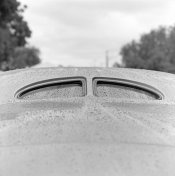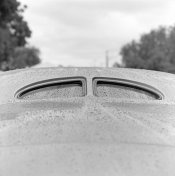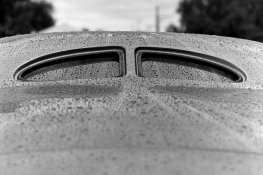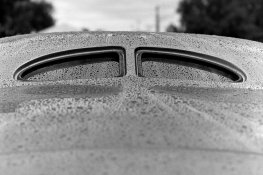hoffy
Member
Greetings all,
Just recently, I scanned in some 120 HP5 negatives, that were processed in Rodinal. Scanner is a v700, using Vuescan. I have to admit that I was spirited by how pronounced the grain was. To my eye, it certainly was more so then if I had done an optical print of the same neg.
The image is attached below. I am mainly concerned about the grain in the sky. I am also mindful that I don't want to loose the rain detail if I over do it.
I would like to be able to slightly reduce the grain to what I would expect. Is there anything that I can do at the scan time to do this? Or, is it something I should handle within photo shop? If the second option, what software our plugin do people recommend?
Cheers.
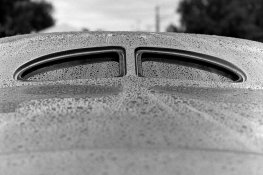
Just recently, I scanned in some 120 HP5 negatives, that were processed in Rodinal. Scanner is a v700, using Vuescan. I have to admit that I was spirited by how pronounced the grain was. To my eye, it certainly was more so then if I had done an optical print of the same neg.
The image is attached below. I am mainly concerned about the grain in the sky. I am also mindful that I don't want to loose the rain detail if I over do it.
I would like to be able to slightly reduce the grain to what I would expect. Is there anything that I can do at the scan time to do this? Or, is it something I should handle within photo shop? If the second option, what software our plugin do people recommend?
Cheers.

Last edited by a moderator:


